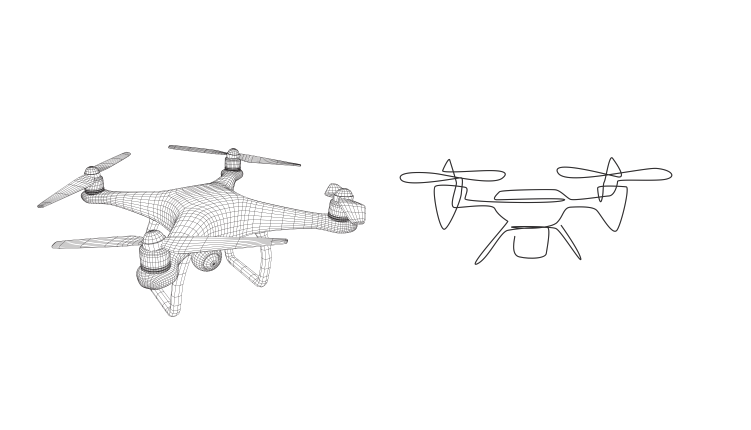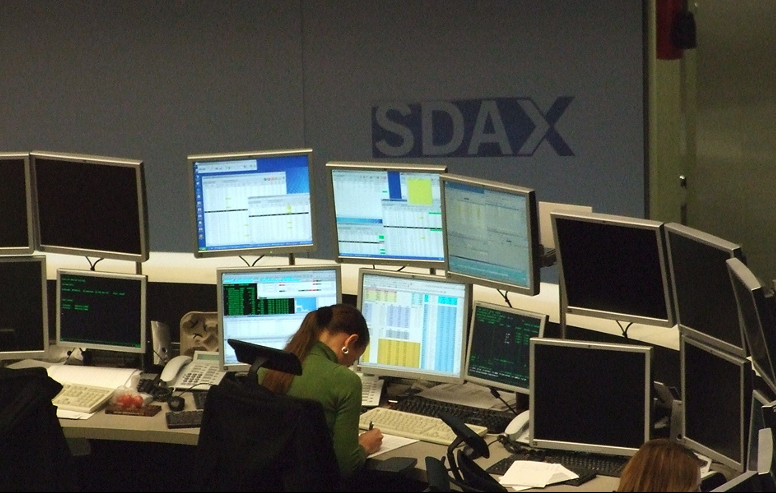
Engineers today are tasked with getting more done in even less time. Even with computing power growing by leaps and bounds, engineers are still waiting on results with their engineering workstations as models grow in complexity, more physics are required, and more design optimizations are needed in shorter time frames.
While High Performance Computing (HPC) can dramatically improve simulation productivity, engineers are not always sure if they are ready to go from a workstation to HPC, how do you know? This post is to help clients identify the signs that you have outgrown a workstation and are ready to work with TotalCAE to take their simulation capability to the next level with our managed HPC appliances and on-demand Cloud.
Sign #1. You are waiting on results, instead of impacting the design.

If you find yourself waiting around for the results, some of which come too late to impact the design, then this is a for sure sign you can use HPC to take those wait times for answers from weeks to days, days to hours, or hours to minutes.
Sign #2 Simplifying the Model to get SOME Answer

The engineer may desire to model something like on the left, but has to simplify down to something more like on the right to get some answer back in a reasonable time frame due to workstation compute power limitations, at the expense of simulation accuracy.
At some point the need to have a more accurate simulation to avoid reliance on expensive downstream physical testing or extensive prototyping will lead you to adopt the use of HPC to have more accurate simulation models, while getting the answers back in a reasonable time frame.
Sign #3. Trying to schedule with coworkers when you can run your simulation

Often clients may have the “super workstation” that everyone is trying to share, or limited licensing and so everyone goes cube to cube to horse-trade and negotiate what time and when they can get access to the hardware or CAE licensing. HPC systems on the other hand, come with schedulers that can automate the dispatch of CAE workloads for both computation and licensing, to eliminate this “cube to cube” scheduling. Especially with COVID where teams no longer are face to face, this type of manual scheduling is highly inefficient and breaks down working well after you grow beyond a handful of engineers
Sign #4 Your Engineers Desks Look Like a Wall Street Trader

We have seen environments where the engineers have multiple workstations, one for pre/post work, e-mail and Word, one for solving, and yet another for solving for when the other solver is busy, and they have monitors everywhere looking like a wall street trader.
This use of multiple workstations per engineers is a waste of resources, and still does not allow efficient sharing of licensing between users. A more effective uses of this budget is to pool resources with a HPC cluster or cloud, so users can share them together. The HPC scheduler optimizes both the HPC hardware and expensive CAE licensing to get more engineering throughput, with the exact same hardware and software budget.
Sign #5. You Stay At Work until Friday at 5:00 to submit the “Big Job”.

Many clients have that big job that will tie up all hardware and CAE licensing, to not impact their coworkers, they stay until 5:00 on Friday to submit the big job to not impact people during business hours.
If you are adjusting your life to do this, you need HPC! HPC schedulers allow you submit your simulations at your convenience, and will wait until the time and date you specify to start running. Now you can submit Thursday at lunch, and tell it to start running Friday at 5:00 PM, and get back to your family to get a start on the weekend instead of waiting to start simulations.
How to Stop Suffering and Get HPC
If you are suffering from one or more of these signs, reach out to TotalCAE on how our managed HPC clusters and on-demand cloud can help you get out from the limitations of your current workstation constrained simulation environment. Or sign up for our free HPC benchmark program to see how much faster you can get your CAE simulation results back by moving from a workstation to a HPC environment.
